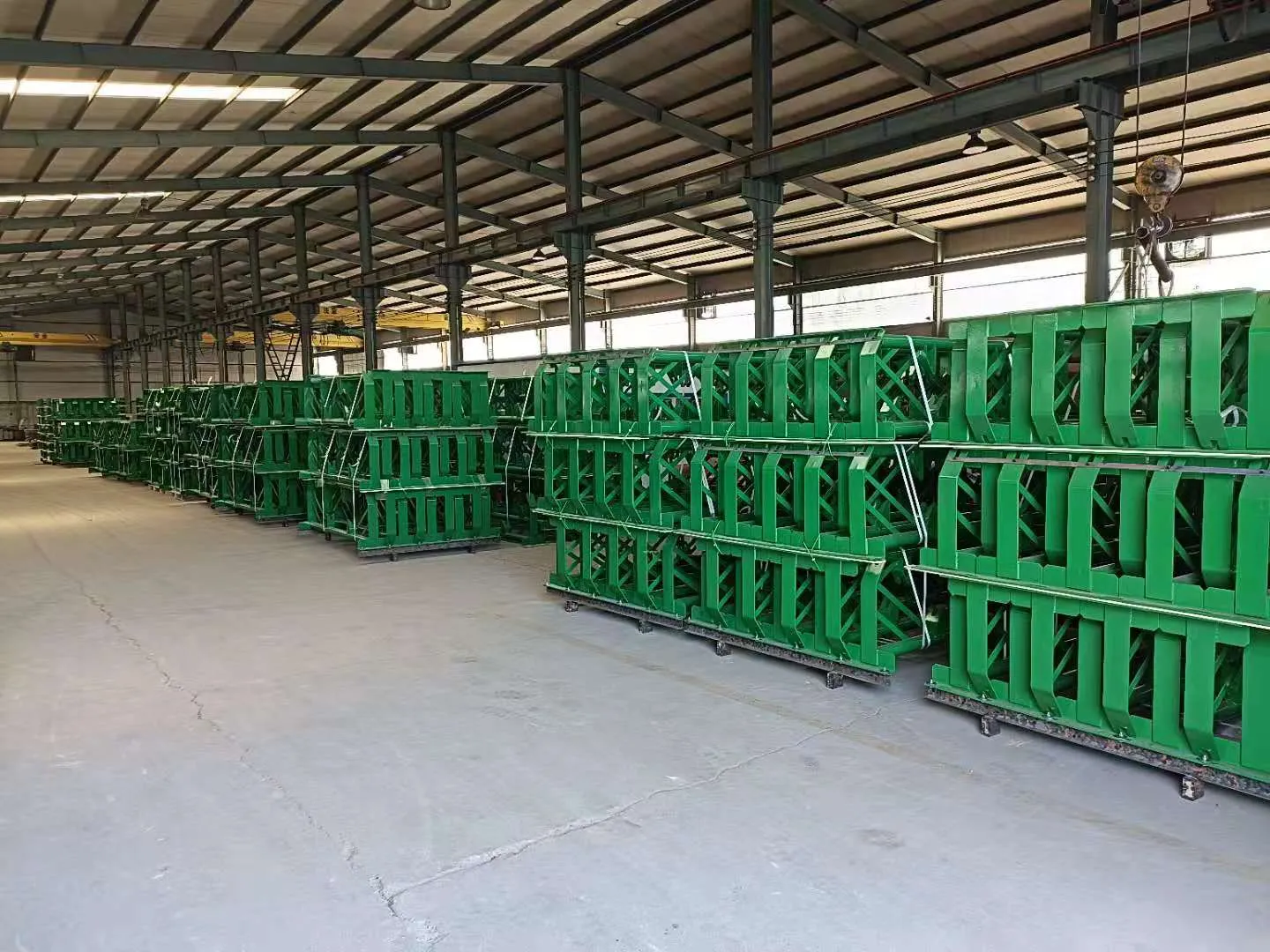 Afrikaans
Afrikaans  Albanian
Albanian  Amharic
Amharic  Arabic
Arabic  Armenian
Armenian  Azerbaijani
Azerbaijani  Basque
Basque  Belarusian
Belarusian  Bengali
Bengali  Bosnian
Bosnian  Bulgarian
Bulgarian  Catalan
Catalan  Cebuano
Cebuano  Corsican
Corsican  Croatian
Croatian  Czech
Czech  Danish
Danish  Dutch
Dutch  English
English  Esperanto
Esperanto  Estonian
Estonian  Finnish
Finnish  French
French  Frisian
Frisian  Galician
Galician  Georgian
Georgian  German
German  Greek
Greek  Gujarati
Gujarati  Haitian Creole
Haitian Creole  hausa
hausa  hawaiian
hawaiian  Hebrew
Hebrew  Hindi
Hindi  Miao
Miao  Hungarian
Hungarian  Icelandic
Icelandic  igbo
igbo  Indonesian
Indonesian  irish
irish  Italian
Italian  Japanese
Japanese  Javanese
Javanese  Kannada
Kannada  kazakh
kazakh  Khmer
Khmer  Rwandese
Rwandese  Korean
Korean  Kurdish
Kurdish  Kyrgyz
Kyrgyz  Lao
Lao  Latin
Latin  Latvian
Latvian  Lithuanian
Lithuanian  Luxembourgish
Luxembourgish  Macedonian
Macedonian  Malgashi
Malgashi  Malay
Malay  Malayalam
Malayalam  Maltese
Maltese  Maori
Maori  Marathi
Marathi  Mongolian
Mongolian  Myanmar
Myanmar  Nepali
Nepali  Norwegian
Norwegian  Norwegian
Norwegian  Occitan
Occitan  Pashto
Pashto  Persian
Persian  Polish
Polish  Portuguese
Portuguese  Punjabi
Punjabi  Romanian
Romanian  Russian
Russian  Samoan
Samoan  Scottish Gaelic
Scottish Gaelic  Serbian
Serbian  Sesotho
Sesotho  Shona
Shona  Sindhi
Sindhi  Sinhala
Sinhala  Slovak
Slovak  Slovenian
Slovenian  Somali
Somali  Spanish
Spanish  Sundanese
Sundanese  Swahili
Swahili  Swedish
Swedish  Tagalog
Tagalog  Tajik
Tajik  Tamil
Tamil  Tatar
Tatar  Telugu
Telugu  Thai
Thai  Turkish
Turkish  Turkmen
Turkmen  Ukrainian
Ukrainian  Urdu
Urdu  Uighur
Uighur  Uzbek
Uzbek  Vietnamese
Vietnamese  Welsh
Welsh  Bantu
Bantu  Yiddish
Yiddish  Yoruba
Yoruba  Zulu
Zulu conveyor pulley types
Types of Conveyor Pulleys
Conveyor pulleys play a vital role in the efficient operation of conveyor systems. They are integral components that help to drive the belt, redirect the travel of the conveyor, and maintain proper tension. Understanding the different types of conveyor pulleys can assist in making informed decisions when designing or maintaining conveyor systems. Here, we explore the primary types of conveyor pulleys and their respective functions.
1. Drive Pulleys
Drive pulleys, often referred to as head pulleys, are located at the discharge end of a conveyor system. They are powered by a motor, which helps to mobilize the conveyor belt. These pulleys are typically larger and engineered to withstand high torque. A well-maintained drive pulley is crucial for the operational efficiency of the conveyor, as it directly influences the speed and power of the belt movement.
Idler pulleys do not drive the conveyor belt but support it along the length of the conveyor. They are critical for maintaining belt tension and alignment. Idler pulleys help to reduce friction, minimize wear on the belt, and guide the belt as it moves. Common types of idler pulleys include troughing idlers, which support the belt while forming a trough for carrying materials, and flat idlers, which are used in simple conveyor systems.
conveyor pulley types

3. Tail Pulleys
Tail pulleys are located at the loading end of the conveyor system and are used to support the conveyor belt as it returns to the drive end. They are essential for maintaining proper tension and can assist with guiding the belt to ensure it runs smoothly back to the drive pulley. Tail pulleys can be both driven and non-driven, depending on the specific design of the conveyor system.
4. Snub Pulleys
Snub pulleys are used to increase the wrap angle of the conveyor belt around a drive pulley, enhancing the friction between the two surfaces and improving the efficiency of the drive. They are often positioned on the return side of the belt to ensure better contact with the drive pulley, thereby elevating the conveyor system’s performance.
Conclusion
In conclusion, understanding the various types of conveyor pulleys is essential for anyone involved in the design, operation, or maintenance of conveyor systems. Each type of pulley serves a specific purpose, contributing to the overall efficiency and reliability of material handling processes. By selecting the appropriate pulleys and ensuring their proper maintenance, businesses can enhance their conveyor system’s performance and prolong its operational life.





























